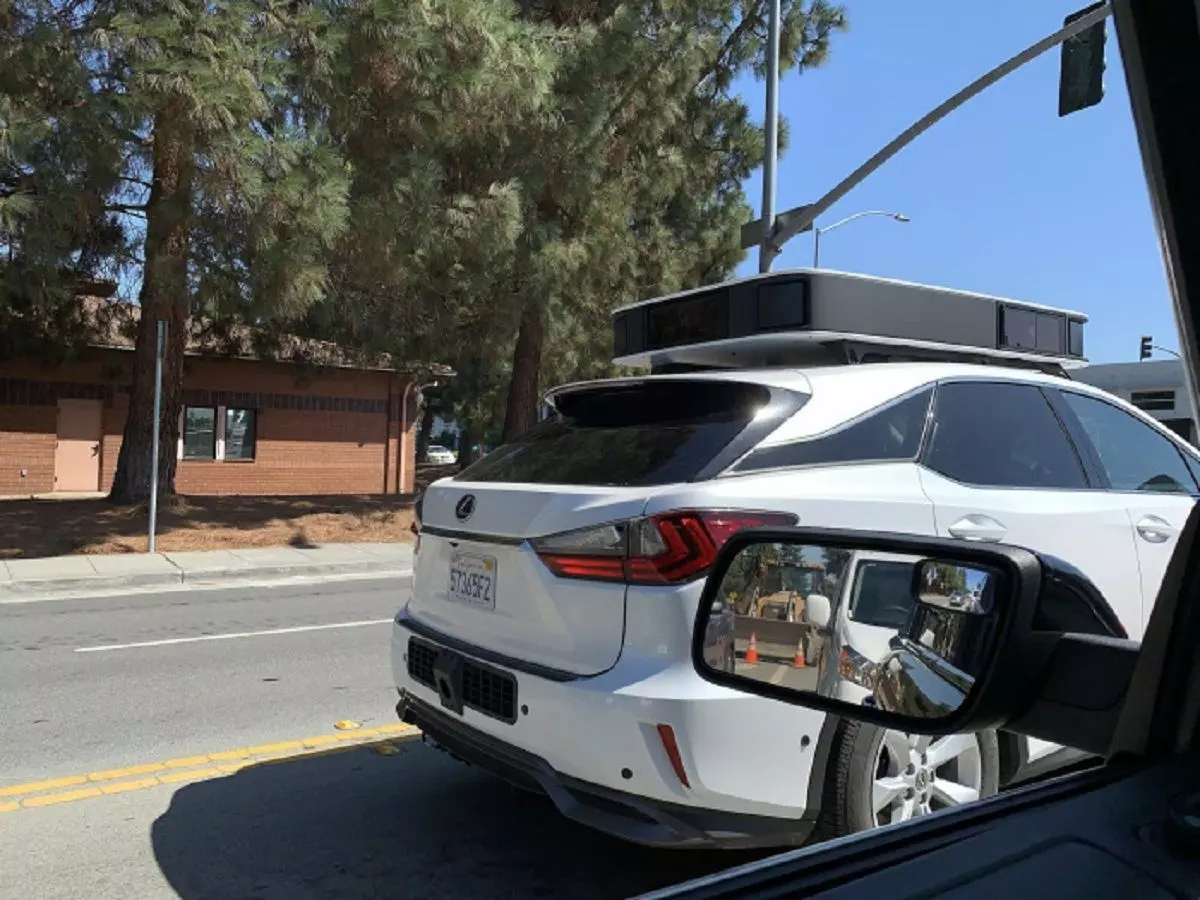Apple's Self Driving Car Spotted Testing With A New And Improved Sensor Arrangement
Apple&rsquos autonomous car was recently spotted in Sunnyvale California sporting an all-new roof sensor arrangement. Apple is one of the major technology players actively pursuing self-driving technology for vehicles. The company had acquired Driveai back in June to complement its own software developments towards autonomous cars.

Apple is one of the major technology players actively pursuing self-driving technology for vehicles. While it has not defined the role of such a technology in its own ecosystem - or what it wants to do with it in general - the company has been spotted testing out the tech time and again. This time around, a whole new setup has been spotted, which raises more questions than answers on Apple's pursuit.
Apple's autonomous car was recently spotted in Sunnyvale, California, sporting an all-new roof sensor arrangement. A look at the setup reveals a neatly designed cumulation of sensors on the roof of the car. The exact nature and count of these sensors, or any other technology used, is not visible from the photos.
Apple's self-driving efforts
The company had acquired Drive.ai back in June to complement its own software developments towards autonomous cars. The startup uses artificial intelligence to make autonomous systems for cars. Apple acquired its autonomous cars as well as other assets.

Apple's self driving car spotted testing. (Image: thelastdriverlicenseholder)
On its own, Apple has been known to opt for a mix of sensors, including LiDAR, radar, and cameras. Interestingly, the new setup might only be working on a combination of cameras, as can be judged from the photos making their way online, courtesy - The Last Driver License Holder.
Why no LiDAR?
It is yet unsure whether the new setup by Apple contains LiDAR or not. The setup does not show any obvious hints of these bu they might be hidden inside the arrangement. It is known, however, that LiDARs have been a point of major debate between the companies pursuing self-driving technology. While almost every other firm uses LiDARs on their autonomous vehicles, Tesla, which can be considered at the forefront of practical implementation of the technology, does not.
In fact Tesla CEO Elon Musk is so against LiDARs that he once claimed the companies using the technology ¡°are bound to be doomed.¡± Of course, being Musk, he had his strong points in the argument. For starters, the technology is costlier than any other required for autonomous technology. Secondly, LiDARs are prone to dysfunctions in rain and snow, where the normal cameras prove their worth.

Apple's self driving car sports a new array of sensors on its roof. (Image: thelastdriverlicenseholder)
There are several other methods being tested for the right self driving technology. FLIR, a firm known for its thermal imaging cameras is testing out its thermal imaging modules for autonomous driving and as per the firm, it has several advantages over its counterparts.
Simultaneously, two ex-Apple engineers recently came up with a new 3D mapping technologye with the capabilities of LiDAR, camera as well as motion sensor in one. As per the duo, the combination can predict the future motion of a vehicle, based upon its position with respect to the surroundings, its direction and its velocity.
